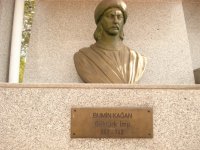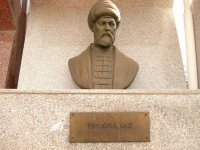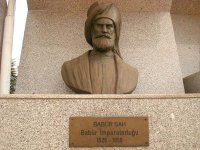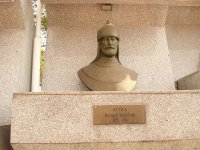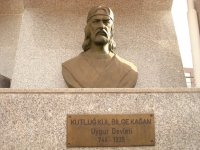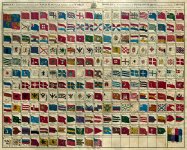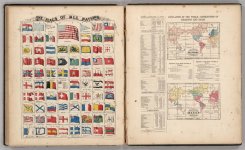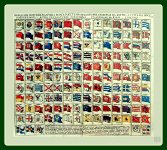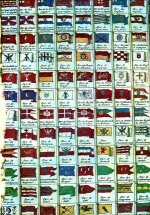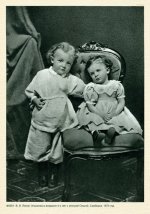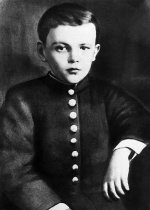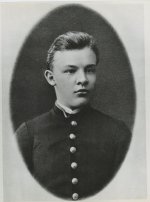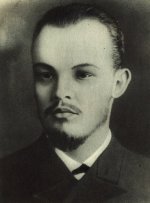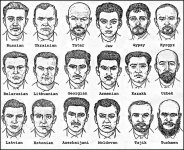TARTARY
"Tartary, a vast country in the northern parts of Asia, bounded by Siberia on the north and west: this is called Great Tartary. The Tartars who lie south of Muscovy and Siberia, are those of Astracan, Circassia, and Dagistan, situated north-west of the Caspian-sea; the Calmuc Tartars, who lie between Siberia and the Caspian-sea; the Usbec Tartars and Moguls, who lie north of Persia and India; and lastly, those of Tibet, who lie north-west of China." - Encyclopedia Britannica, Vol. III, Edinburgh, 1771, p. 887.
1701: A System of Geography

Empires, Kingdoms and States
Tartary was not a tract. It was a country.
And to add some credibility (or to take away some) to the story, below you can find an excerpt from the CIA document declassified in 1998, and created in 1957.Empires, Kingdoms and States
Tartary was not a tract. It was a country.
Today, we have certain appearance related stereotypes. I think we are very much off there. It looks like Tartary was multi-religious, and multi-cultural. One of the reasons I think so is the tremendous disparity between what leaders like Genghis Khan, Batu Khan, Timur aka Tamerlane looked like to the contemporary artists vs. the appearance attributed to them today.
Today: Genghis Khan - Batu Khan - Timur

Here is how 15-18th century books saw these three
Genghis Khan
(with wife here)



Timur - Tamerlane




Batu Khan
Well, I could not find any 17th/18th century Batu Khan images, but apparently in Turkey we have a few busts of the following Gentlemen. Batu Khan is one of them.Here is how 15-18th century books saw these three
Genghis Khan
(with wife here)
Timur - Tamerlane
Batu Khan
The other reason why I think Tartary had to be multi-religious, and multi-cultural is its vastness during various moments in time. For example in 1652, Tartary appears to have control over the North America.
The official history is hiding a major world power which existed as late as the 19th century. Tartary was a country with its own flag, its own government and its own place on the map. Its territory was huge, but somehow quietly incorporated into Russia, and some other countries. This country you can find on the maps predating the second half of the 19th century.
Ngram by Google Books shows how Tartary was quietly put away.

Yet, some time in the 18th century Tartary Muskovite was the biggest country in the world: 3,050,000 square miles.
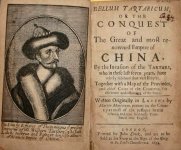
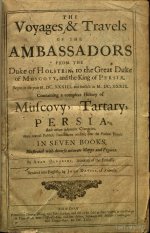
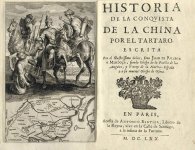
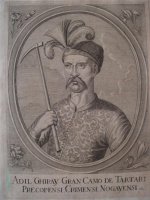
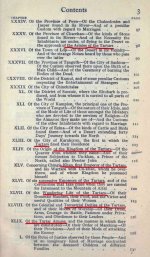
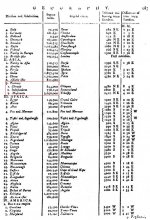
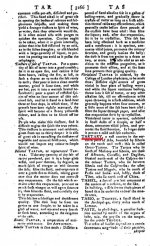
Some of the maps showing Tartary
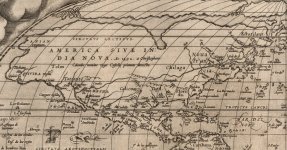
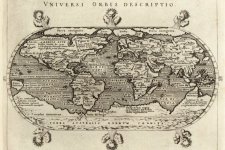
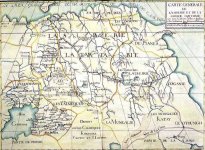
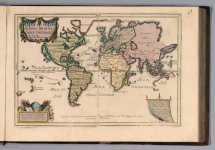
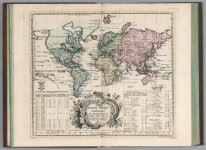
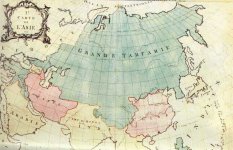
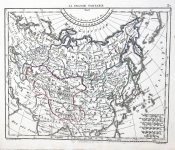
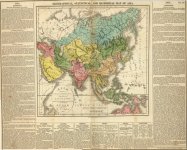
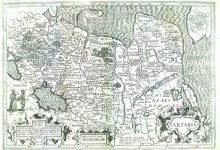
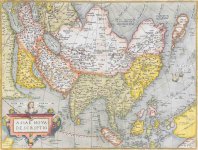
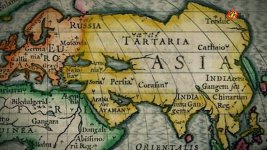
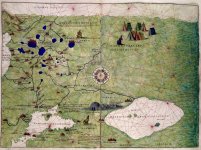
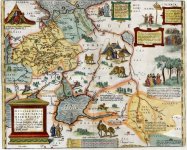
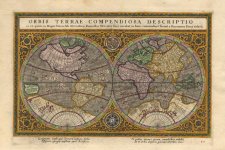
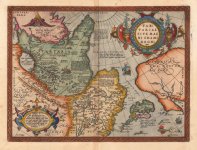
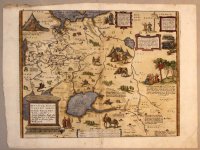
Tartary had its own language, flag, crest, its own emperor, and of course its own people.
The Language
Source: The Washington Union, February 13, 1849 - Page 3
1739 Source
The Kings of Tartary
Genealogy Of The Former Tartar Emperors
Source
Family tree of the descendants of Ghengis Khan, with a map showing the Tartar Empire.
Source - Source - Source
The people of Tartary
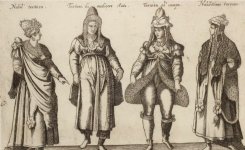
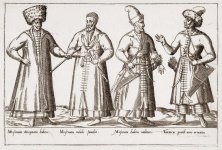
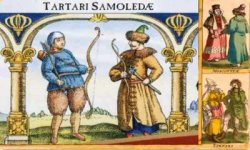
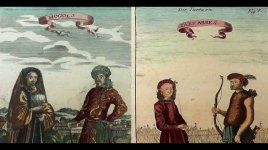
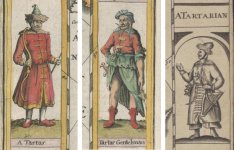
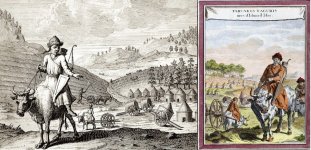
It is also worth mentioning that in the British Flag Table of 1783, there are three different flags listed as a flag of the Tsar of Moscow. There is also an Imperial Flag of Russia as well as multiple naval flags. And all of them are proceeded by a flag of the Viceroy of Russia.
Significance of the Viceroy is in the definition of the term. A viceroy is a regal official who runs a country, colony, city, province, or sub-national state, in the name of and as the representative of the monarch of the territory. Our official history will probably say that it was the Tsar of Russia who would appoint a viceroy of Moscow. I have reasons to doubt that.
Why is the flag of the Viceroy of Moscow positioned prior to any other Russian flag? Could it be that the Viceroy of Moscow was superior to its Czar, and was "supervising" how this Tartarian possession was being run?
Questions to Answer
1. Saint Petersburg was the capitol of Russia. Yet Napoleon chose to attack Moscow. Why?2. It appears that in 1912 there was a totally different recollection of the events of 1812. How else could you explain commemorative 1912 medals honoring Napoleon?
How did they fight each other in the dark?
Russia: Regular Army

France: Regular Army

Russia: Regular Army
France: Regular Army
There was one additional combat asset officially available to Russians in the war of 1812. And that was the Militia. It does appear that this so-called Militia, was in reality the army of Tartary fighting against Napoleon and Alexander I.
Russian Volunteer/Militia Units... Tartarians?

4. Russian nobility in Saint Petersburg spoke French well into the second half of the 19th century. The general explanation was, that it was the trend of time and fashion. Google contains multiple opinions on the matter.
- Following the same logic, USA, Britain and Russia should've picked up German after the victory in WW2.
American Tartary
The jury is still out on this one, but there are some indicators that Tartary was present on the North American continent as well. There obviously are no official historical accounts, but some bits and pieces of info suggest just that.- 16th century Tartarian King Tartarrax ruled Quivira Regnum in North America
- The below text source: 1834 - American Antiquities, and Discoveries in the West
Books and Publications
- History Of Mufcovy Tartary Perfia And Other Countries
- History of the two Tartar conquerors of China : including the two journeys into Tartary of Father Ferdinand Verhiest
- Narrative of a pedestrian journey through Russia and Siberian Tartary
- Tibet, Tartary And Mongolia Ed. 2nd
- Travels In Ladak, Tartary, And Kashmir
- Travels in Russia, Tartary and Turkey
- A pedestrian journey through Russia and Siberian Tartary, to the frontiers of China, the Frozen Sea, and Kamtchatka
- Travels In Tartary One's Company And News From Tartary
- With Peter Fleming in Tartary
- A voyage to Japan, Kamtschatka, Siberia, Tartary, and various parts of coast of China
- Tibet, Tartary, and Mongolia ; their social and political condition, and the religion of Boodh, as there existing
- Visits To High Tartary, Yarkand, And Kashghar
- The history of Genghizcan the Great, first emperor of the antient Moguls and Tartars
- The voyages and travells of the ambassadors sent by Frederick, Duke of Holstein, to the great Duke of Muscovy
KD Summary: I think there is enough circumstantial evidence to justify a deeper look into who fought who, and why this Tartary country is so little known about.
- And the main question out of this all should be what is the purpose of misleading generations of people? It appears there is something tremendously serious hidden in our recent history.


